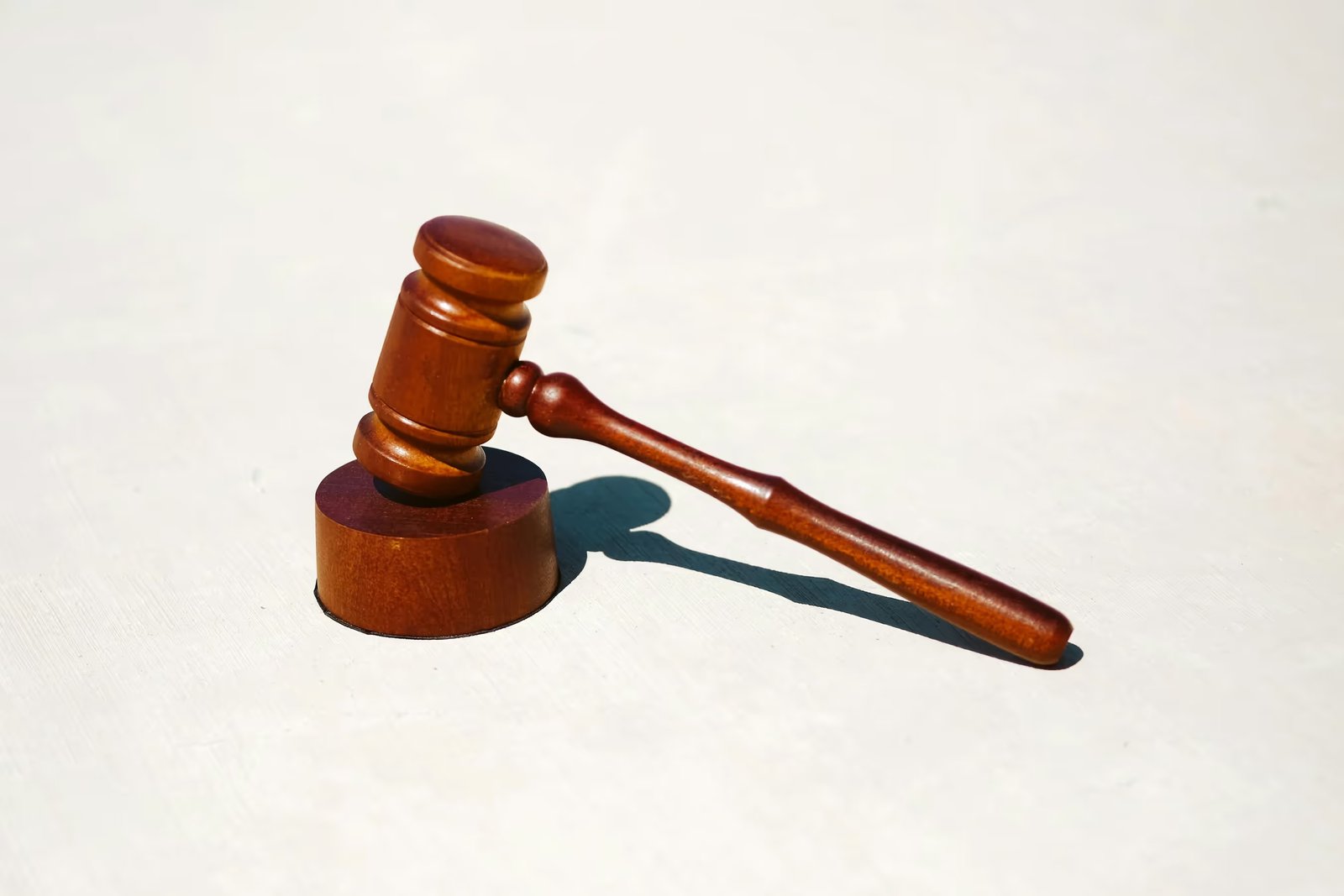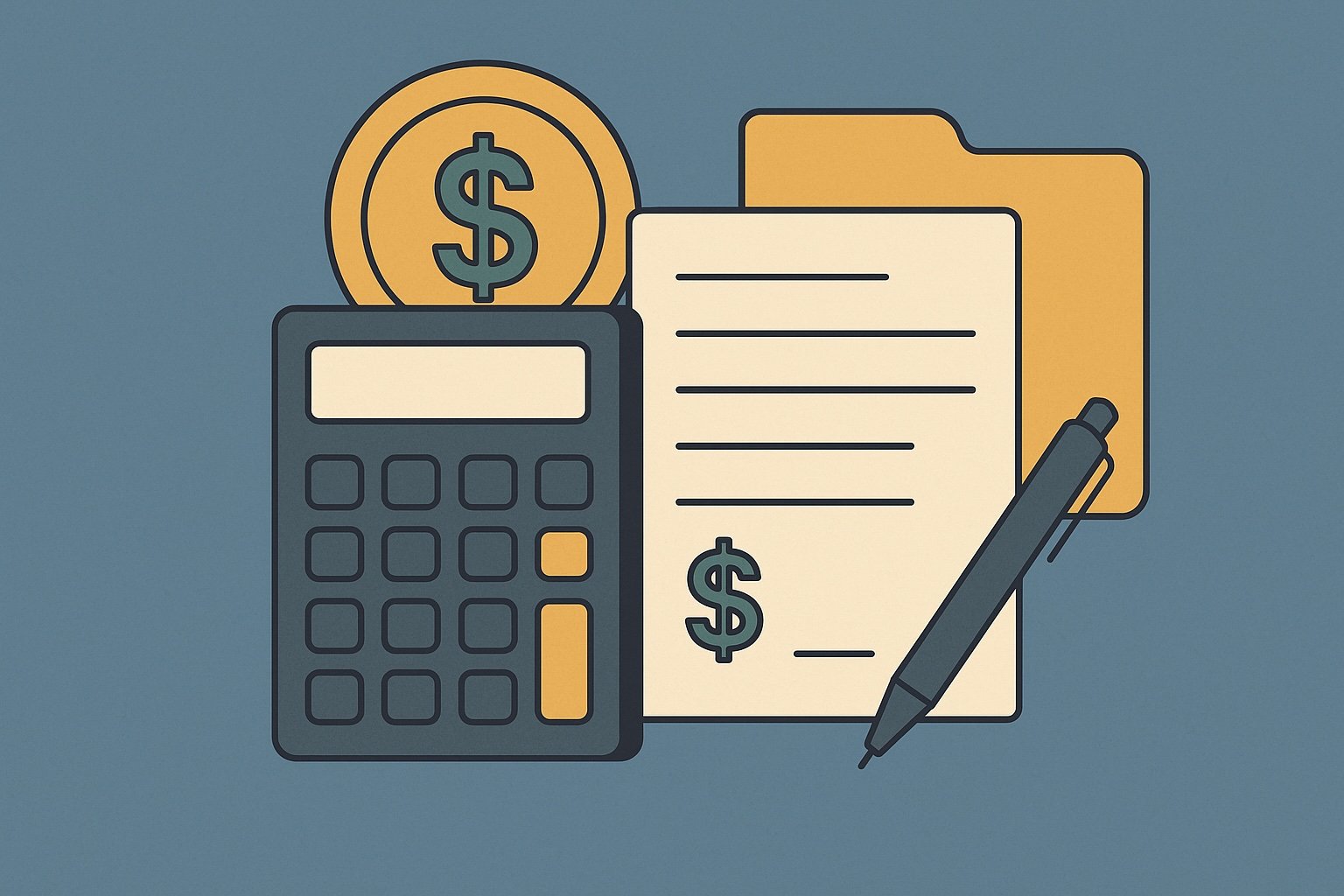Question
ARTE's Answer
Reporting a 1031 exchange on your tax return involves several steps, and it's crucial to ensure accuracy to maintain the tax-deferred status of your exchange. When you complete a 1031 exchange, you must report the transaction on IRS Form 8824, “Like-Kind Exchanges.” This form is used to provide the IRS with the necessary details about your exchange, ensuring that you meet all the requirements for tax deferral under Section 1031 of the Internal Revenue Code.
Steps to Report a 1031 Exchange
- Complete IRS Form 8824
- Part I: Information on the Like-Kind Exchange
Enter the description of the relinquished property and the replacement property. Provide the dates of the exchange (the date you transferred the relinquished property and the date you received the replacement property). Indicate whether the exchange was completed within the 180-day period. - Part II: Related Party Exchange Information
If your exchange involved a related party, provide the additional information required to ensure compliance with the specific rules governing related-party exchanges. - Part III: Realized Gain or Loss, Recognized Gain, and Basis of Like-Kind Property Received
Calculate the realized gain or loss (sale proceeds minus adjusted basis of the relinquished property). Determine the recognized gain (the portion of the gain that is taxable, often due to receiving “boot” in the exchange). Finally, compute the basis of the replacement property (generally the adjusted basis of the relinquished property, adjusted for any gain recognized and any boot received).
- Part I: Information on the Like-Kind Exchange
- Attach Form 8824 to Your Tax Return
Once Form 8824 is completed, attach it to your federal income tax return (Form 1040) for the year in which the exchange was completed. - Report Any Recognized Gain
If you received boot in the exchange, report the recognized gain on Schedule D (Capital Gains and Losses) and Form 4797 (Sales of Business Property), as applicable.
Example
Let’s say you own an investment property with an adjusted basis of $200,000. You sell this property for $500,000 and use Deferred.com as your qualified intermediary to facilitate a 1031 exchange. You identify and purchase a replacement property for $500,000 within the 180-day period.
- Form 8824, Part I:
Describe the relinquished property and the replacement property; enter the dates of the sale and purchase. - Form 8824, Part III:
- Realized gain: $500,000 (sale price) − $200,000 (adjusted basis) = $300,000.
- Since you reinvested the entire $500,000 and received no boot, the recognized gain is $0.
- Basis of the replacement property: $200,000 (the adjusted basis of the relinquished property).
By using Deferred.com as your qualified intermediary, you ensure the exchange is structured correctly and you benefit from our “No Fee Exchange,” saving you money on the transaction. This example demonstrates how to report a 1031 exchange on your tax return, ensuring compliance with IRS requirements and maintaining the tax-deferred status of your investment.
Have more questions? Call us at 866-442-1031 or send an email to support@deferred.com to talk with an exchange officer at Deferred.
Sources
- What To Do About Exchange Expenses in a Section 1031 Exchange? (Article)
- Rev. Rul. 2002-83 (Related Party Exchanges)
- Goolsby v. Commissioner
- Deferring Losses On The Sale of Property Using 1031 Exchanges
- TAM 200039005 (Failed Reverse Exchanges)
- TD 8535 (Like-Kind Exchanges of Real Property-Coordination with Section 453)
- CHRISTENSEN v. COMMISSIONER, INT. REV
1031 Question? Ask ARTE
Deferred's AI 1031 Research Assistant is trained on 8,000+ pages of US tax law and outperforms human CPAs by 22%+
CHAT NOW
Learn More
See more frequently asked questions about 1031 exchanges








